Home>Furniture & Design>Outdoor Furniture>How Should Food Workers Deter Pests From Outdoor Dumpster
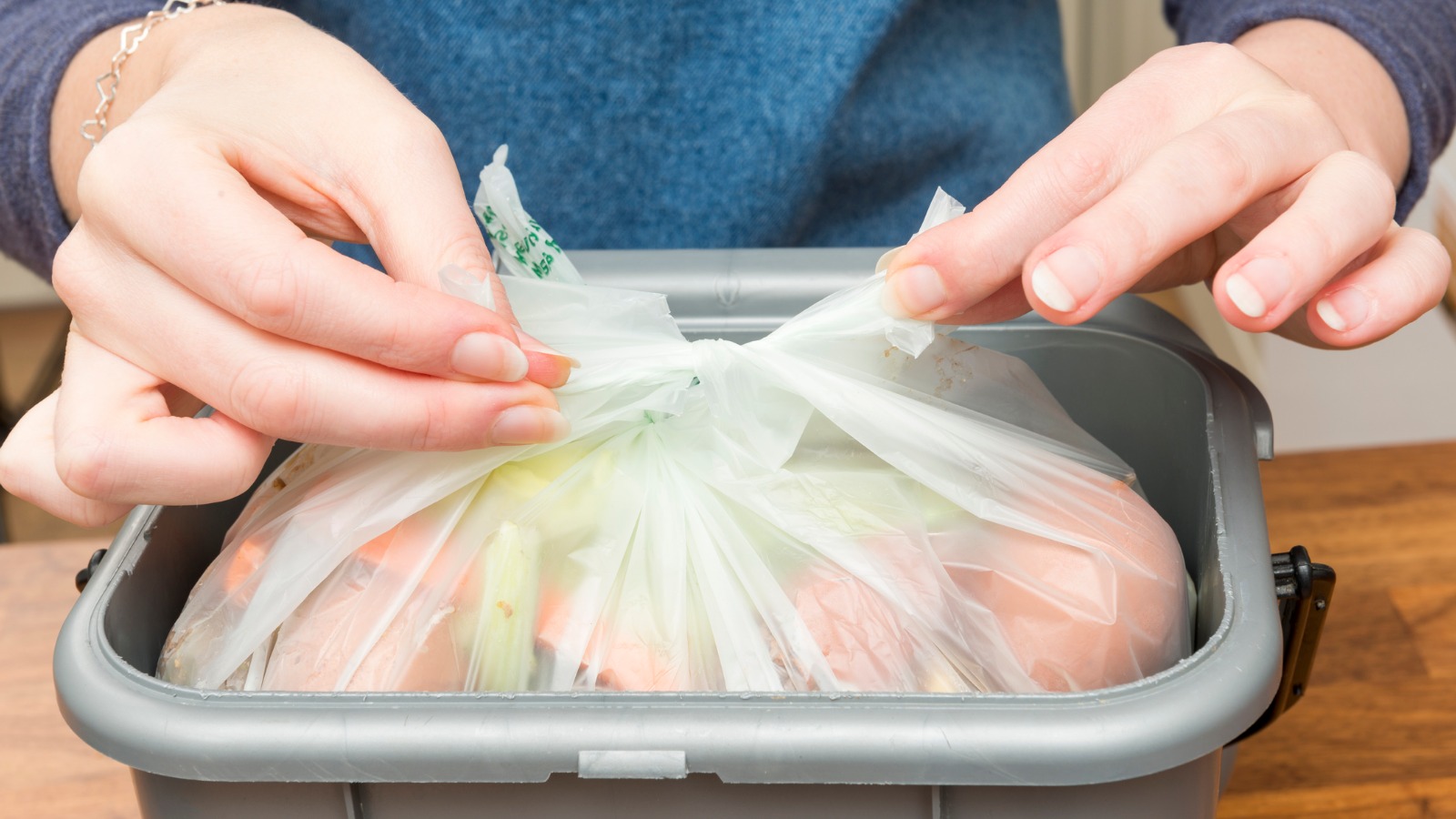

Outdoor Furniture
How Should Food Workers Deter Pests From Outdoor Dumpster
Published: January 14, 2024
Learn effective pest deterrent strategies for outdoor dumpsters to maintain a clean and hygienic environment. Protect your outdoor furniture and design from pests with expert tips.
(Many of the links in this article redirect to a specific reviewed product. Your purchase of these products through affiliate links helps to generate commission for Storables.com, at no extra cost. Learn more)
Understanding the Importance of Pest Deterrence in Outdoor Dumpster Areas
Introduction
When it comes to outdoor dining establishments, the presence of pests can pose a significant challenge. Food workers must be vigilant in deterring pests from outdoor dumpsters to maintain a clean and sanitary environment. Pests such as rodents, flies, and cockroaches are not only unsightly but also carry the potential to contaminate food and spread diseases. Therefore, it is crucial for food workers to implement effective pest control measures to safeguard the well-being of customers and uphold the reputation of the establishment.
The outdoor dumpster area, while essential for waste management, can inadvertently attract pests due to the presence of food remnants and organic waste. This creates an environment that is highly conducive to pest infestation. As a result, food workers must be well-versed in best practices for pest deterrence to mitigate the risk of infestation and ensure compliance with health and safety regulations.
In this comprehensive guide, we will delve into the intricacies of pest deterrence in outdoor dumpster areas, exploring the best practices and effective pest control measures that food workers can implement to combat this pervasive issue. By understanding the underlying factors that contribute to pest attraction and implementing proactive strategies, food workers can effectively deter pests from outdoor dumpster areas, fostering a clean, hygienic, and pest-free environment for both patrons and staff.
Join us as we embark on a journey to unravel the nuances of pest deterrence in outdoor dining establishments, equipping food workers with the knowledge and tools necessary to combat pests and uphold the highest standards of cleanliness and hygiene. Let's delve into the world of pest control and discover the transformative impact of effective pest deterrence measures in outdoor dumpster areas.
Key Takeaways:
- Keep outdoor dining areas pest-free by sealing entry points, managing waste properly, and collaborating with pest control professionals. This ensures a clean and hygienic environment for customers and staff.
- Implement integrated pest management, use pest-resistant materials, and train employees to detect and report pests. This proactive approach safeguards outdoor dining areas from infestation and upholds cleanliness standards.
Understanding the Pest Problem
Before delving into the intricacies of pest deterrence, it is imperative to grasp the underlying factors that contribute to the pest problem in outdoor dumpster areas. Pests are attracted to these spaces due to the presence of food waste, organic matter, and favorable hiding spots, creating an environment that is conducive to infestation. Understanding the behavior and habits of common pests is essential for devising effective pest control strategies.
Rodents, such as rats and mice, are notorious for seeking out food sources, making outdoor dumpsters an appealing destination. Their ability to squeeze through small openings and gnaw through various materials enables them to gain access to discarded food items, posing a significant threat to the cleanliness of the area. Additionally, flies are drawn to the odors emanating from organic waste, creating a persistent nuisance and potential health hazard. Cockroaches, known for their resilience and adaptability, thrive in warm, moist environments, making outdoor dumpster areas an ideal breeding ground.
Furthermore, the presence of pests in outdoor dining establishments can tarnish the reputation of the establishment, leading to customer dissatisfaction and potential health code violations. The sight of pests in outdoor dumpster areas can instill a sense of unease among patrons and compromise the overall dining experience. Therefore, addressing the pest problem is not only crucial for maintaining a sanitary environment but also for preserving the reputation and integrity of the establishment.
By comprehending the motivations and behaviors of pests, food workers can proactively implement measures to deter and mitigate the risk of infestation. This entails a multifaceted approach that encompasses proper waste management, regular maintenance, and strategic pest control interventions. Through a combination of knowledge and proactive measures, food workers can effectively combat the pest problem, ensuring a clean and pest-free outdoor dining environment for patrons and staff alike.
Best Practices for Pest Deterrence
Implementing best practices for pest deterrence is essential for maintaining a pest-free outdoor dumpster area in dining establishments. By incorporating proactive measures and adhering to stringent pest control protocols, food workers can effectively mitigate the risk of infestation and create a hygienic environment. Let’s explore the key best practices for pest deterrence that are integral to safeguarding outdoor dumpster areas from pest intrusion.
- Seal Potential Entry Points: Conduct a thorough inspection of the outdoor dumpster area to identify and seal any potential entry points for pests. This includes gaps in fencing, cracks in the pavement, and openings in the dumpster enclosure. By fortifying the perimeter, food workers can limit pests’ access to the area, reducing the likelihood of infestation.
- Proper Waste Management: Implement a robust waste management system that emphasizes the proper disposal of food waste and organic matter. Utilize sealed containers and ensure that all waste is promptly and securely deposited in the dumpsters. By minimizing the availability of food sources, food workers can deter pests from congregating in the area.
- Regular Cleaning and Maintenance: Establish a routine cleaning schedule to remove debris, spills, and food residues from the outdoor dumpster area. Additionally, conduct regular maintenance to address any structural issues and ensure that the area remains well-maintained and free of potential pest attractants.
- Strategic Placement of Trash Receptacles: Position trash receptacles away from entry points and dining areas to minimize the likelihood of attracting pests. Additionally, consider the placement of dumpsters in well-lit areas to deter nocturnal pests and enhance visibility for monitoring purposes.
- Collaboration with Pest Control Professionals: Forge partnerships with reputable pest control professionals to conduct regular inspections and implement targeted pest control measures. Pest control experts can provide valuable insights and recommendations for mitigating pest activity in outdoor dumpster areas.
By integrating these best practices into the operational framework of outdoor dining establishments, food workers can proactively deter pests and maintain a clean, pest-free environment. Consistent vigilance and adherence to these best practices are paramount in preserving the integrity of the establishment and ensuring the well-being of patrons and staff.
Regularly clean and sanitize the area around the dumpster to remove food debris and spills that attract pests. Keep the lid closed and ensure it seals properly to prevent access for pests.
Implementing Effective Pest Control Measures
Implementing effective pest control measures is paramount in mitigating the risk of infestation and maintaining a pest-free outdoor dumpster area within dining establishments. By integrating strategic pest control interventions and leveraging targeted approaches, food workers can uphold the highest standards of cleanliness and hygiene. Let’s delve into the essential pest control measures that are instrumental in safeguarding outdoor dumpster areas from pest intrusion.
- Integrated Pest Management (IPM): Embrace an integrated pest management approach that combines proactive strategies such as habitat modification, sanitation, and ongoing monitoring. IPM emphasizes the use of non-chemical interventions alongside targeted pesticide applications, fostering a sustainable and effective pest control framework.
- Use of Pest-Resistant Dumpster Materials: Consider the utilization of pest-resistant dumpster materials that are designed to deter pest intrusion. These materials are constructed to withstand gnawing and tampering by rodents, minimizing the likelihood of pests gaining access to the contents of the dumpsters.
- Application of Targeted Pest Control Products: Employ targeted pest control products in accordance with regulatory guidelines and in collaboration with licensed pest control professionals. These products may include baits, traps, and insecticidal treatments that are strategically deployed to mitigate pest activity in outdoor dumpster areas.
- Regular Monitoring and Inspection: Establish a comprehensive monitoring and inspection regimen to detect early signs of pest activity and address potential vulnerabilities. By conducting regular assessments, food workers can proactively identify and rectify conditions that may attract pests, bolstering the effectiveness of pest control measures.
- Employee Training and Awareness: Provide thorough training to employees regarding pest awareness, early detection, and the proper protocols for reporting pest sightings. Cultivating a vigilant and informed staff is pivotal in maintaining a proactive stance against pest incursions.
By implementing these effective pest control measures, food workers can fortify the defenses of outdoor dumpster areas, creating an inhospitable environment for pests. The proactive integration of targeted pest control interventions and the adherence to best practices are instrumental in preserving the cleanliness and integrity of outdoor dining establishments, ensuring a pest-free environment for patrons and staff.
Conclusion
As we conclude our exploration of pest deterrence in outdoor dumpster areas, it is evident that the proactive implementation of pest control measures is essential for maintaining a clean, pest-free environment within dining establishments. The outdoor dumpster area, while serving a vital function in waste management, can inadvertently attract pests due to the presence of food waste and organic matter. By understanding the underlying factors that contribute to the pest problem and integrating targeted pest control interventions, food workers can effectively deter pests and uphold the highest standards of cleanliness and hygiene.
Through the adoption of best practices for pest deterrence, including the sealing of potential entry points, proper waste management, regular cleaning and maintenance, strategic placement of trash receptacles, and collaboration with pest control professionals, food workers can fortify the defenses of outdoor dumpster areas. Additionally, the implementation of effective pest control measures, such as integrated pest management, the use of pest-resistant dumpster materials, application of targeted pest control products, regular monitoring and inspection, and employee training, further bolsters the resilience of outdoor dining establishments against pest intrusion.
It is imperative for food workers to recognize the impact of pest deterrence on the overall dining experience and the reputation of the establishment. The presence of pests in outdoor dumpster areas can compromise the cleanliness and integrity of the environment, leading to customer dissatisfaction and potential health code violations. By prioritizing pest deterrence and adhering to proactive pest control measures, food workers can cultivate a hygienic and pest-free outdoor dining environment, fostering a positive experience for patrons and staff alike.
As we look to the future, the commitment to pest deterrence and effective pest control measures remains integral to the ongoing success and sustainability of outdoor dining establishments. By remaining vigilant, proactive, and informed, food workers can navigate the complexities of pest deterrence with confidence, ensuring a clean, pest-free outdoor dumpster area that upholds the highest standards of cleanliness and hygiene.
Together, let us embark on a journey to fortify the defenses of outdoor dining establishments against pest intrusion, fostering a welcoming and pest-free environment that resonates with patrons and upholds the reputation of the establishment. With unwavering dedication and a steadfast commitment to pest deterrence, food workers can triumph over the pervasive challenge of pests in outdoor dumpster areas, creating a safe and enjoyable dining environment for all.
Frequently Asked Questions about How Should Food Workers Deter Pests From Outdoor Dumpster
Was this page helpful?
At Storables.com, we guarantee accurate and reliable information. Our content, validated by Expert Board Contributors, is crafted following stringent Editorial Policies. We're committed to providing you with well-researched, expert-backed insights for all your informational needs.
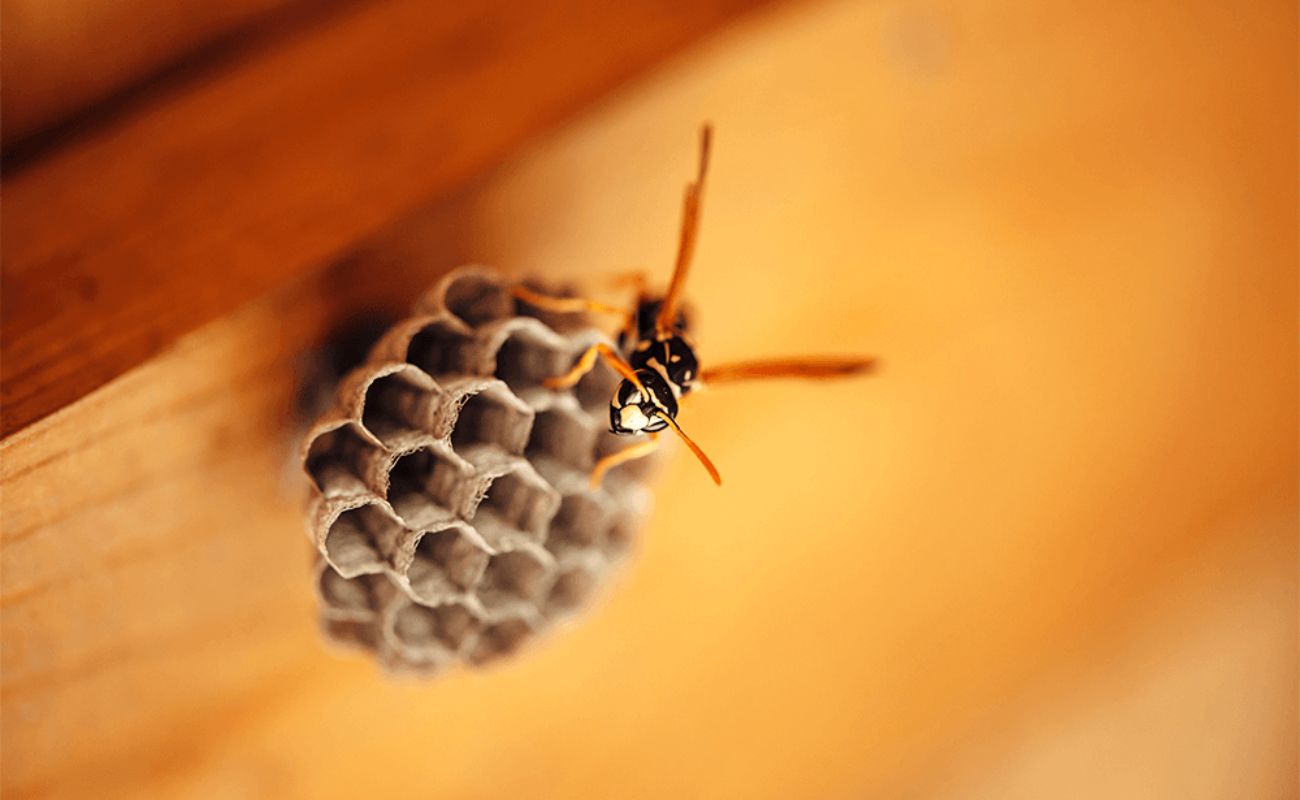
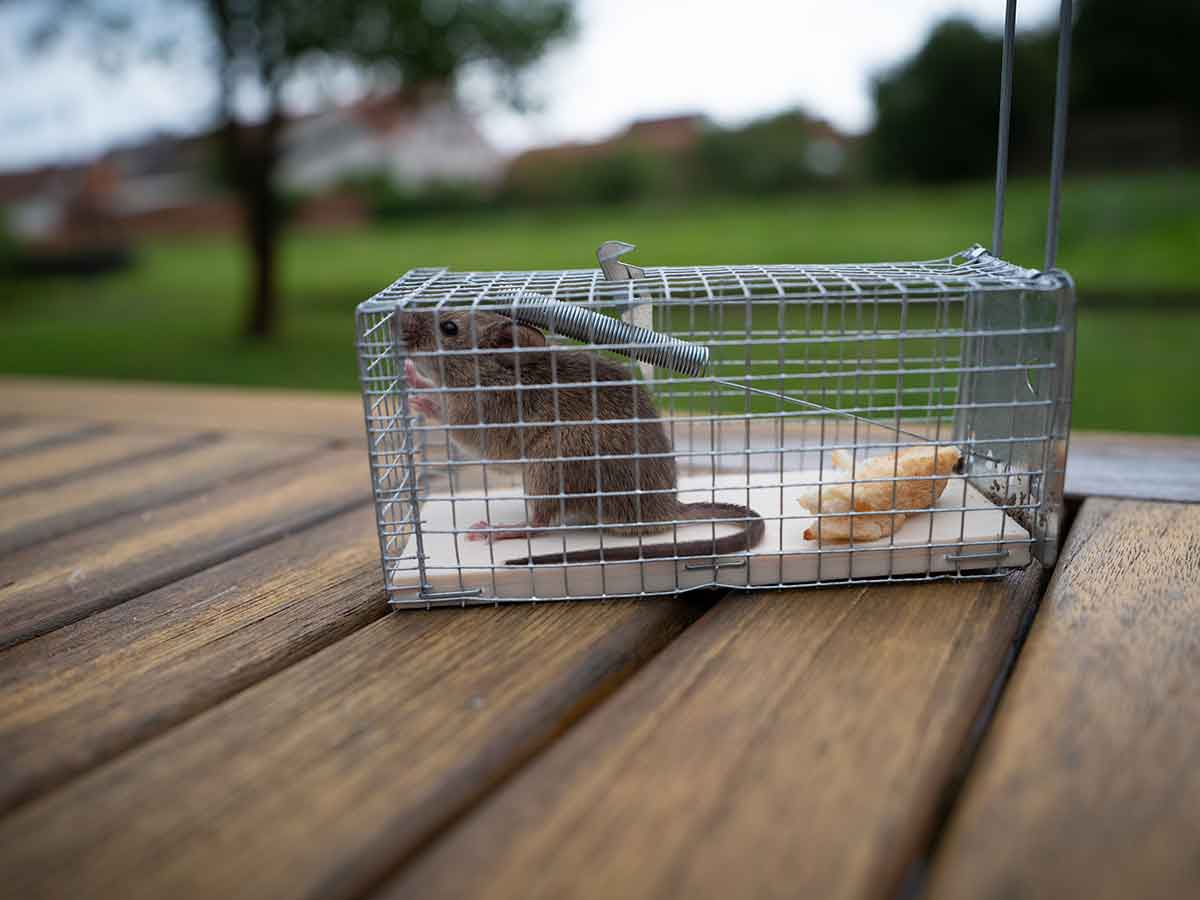

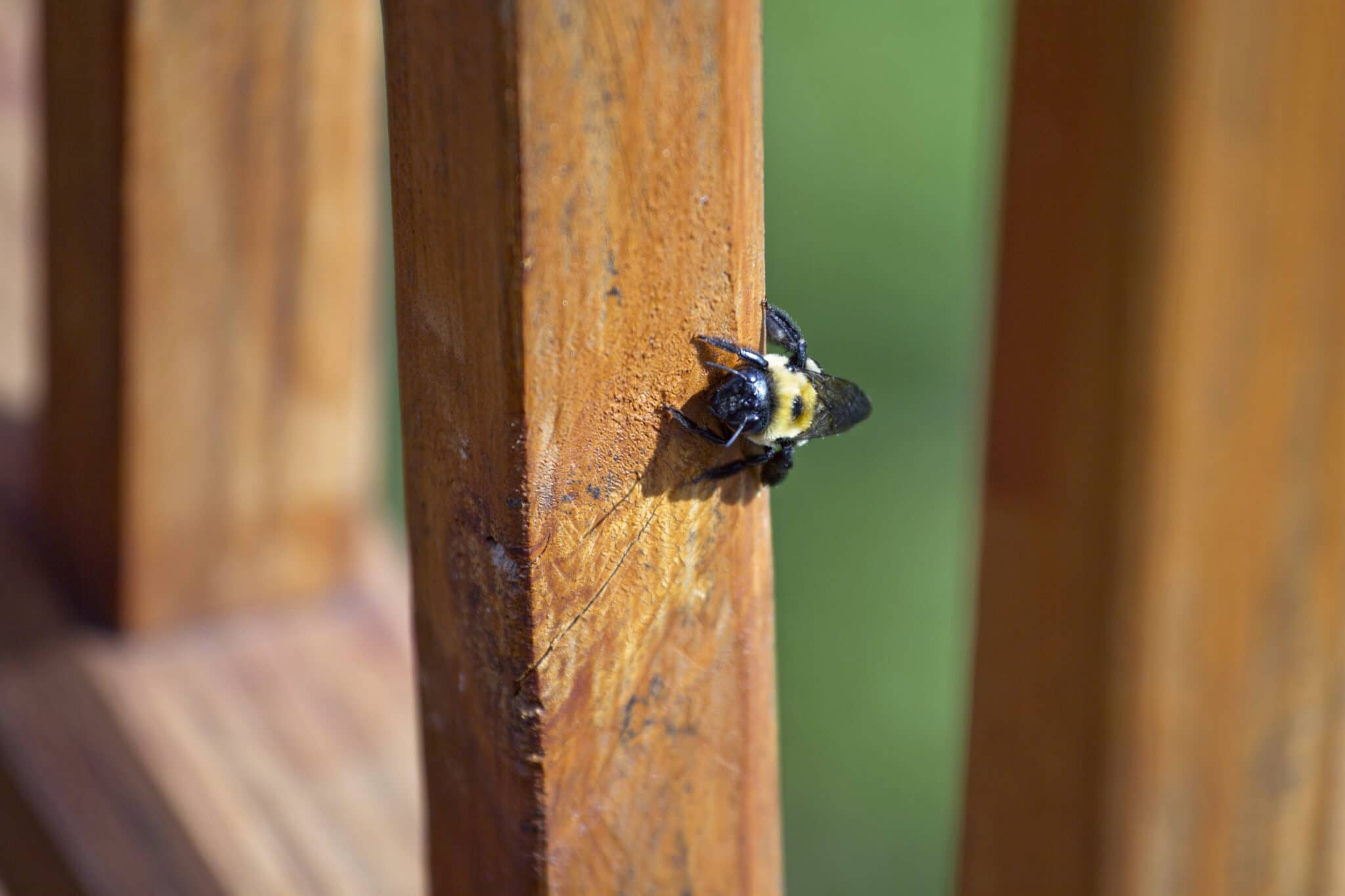

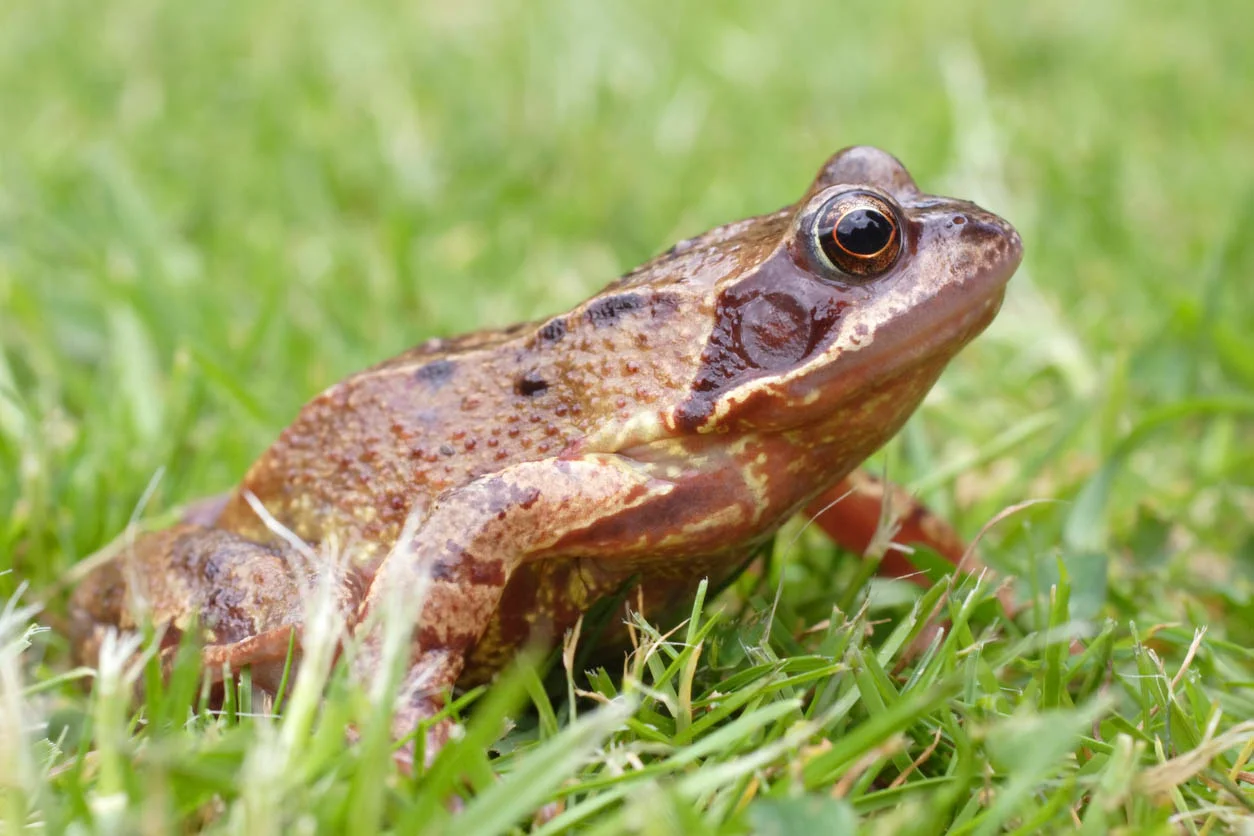
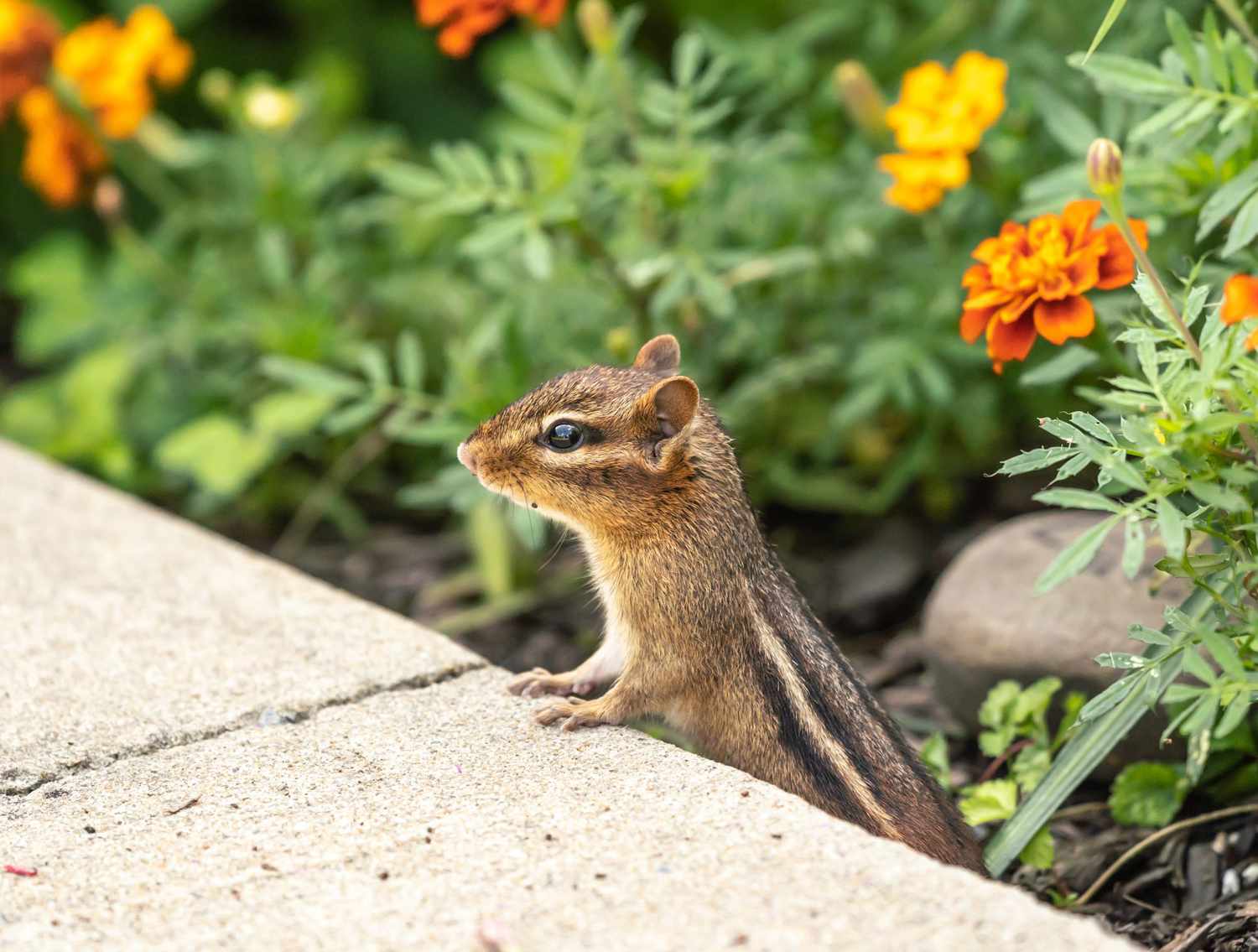
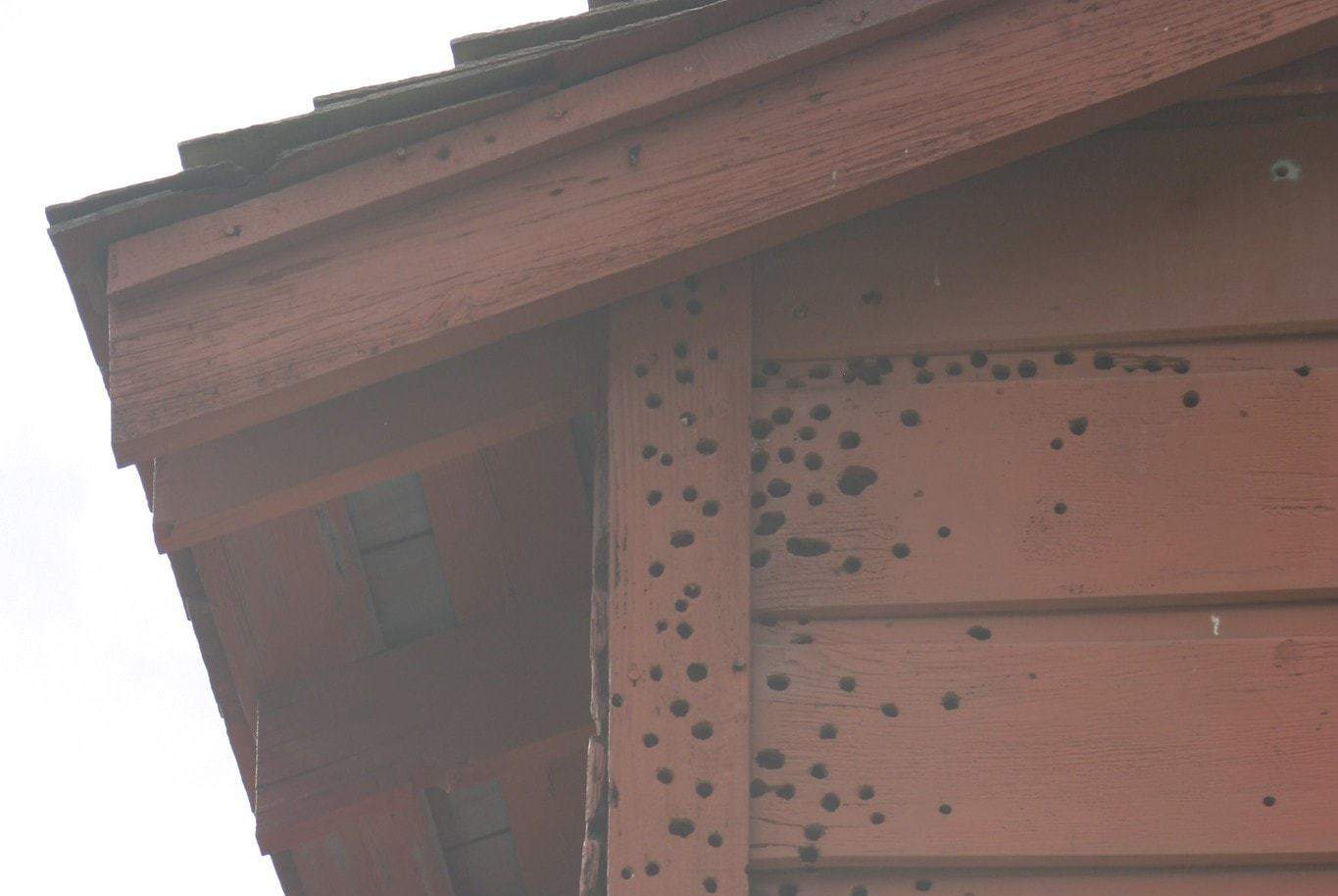
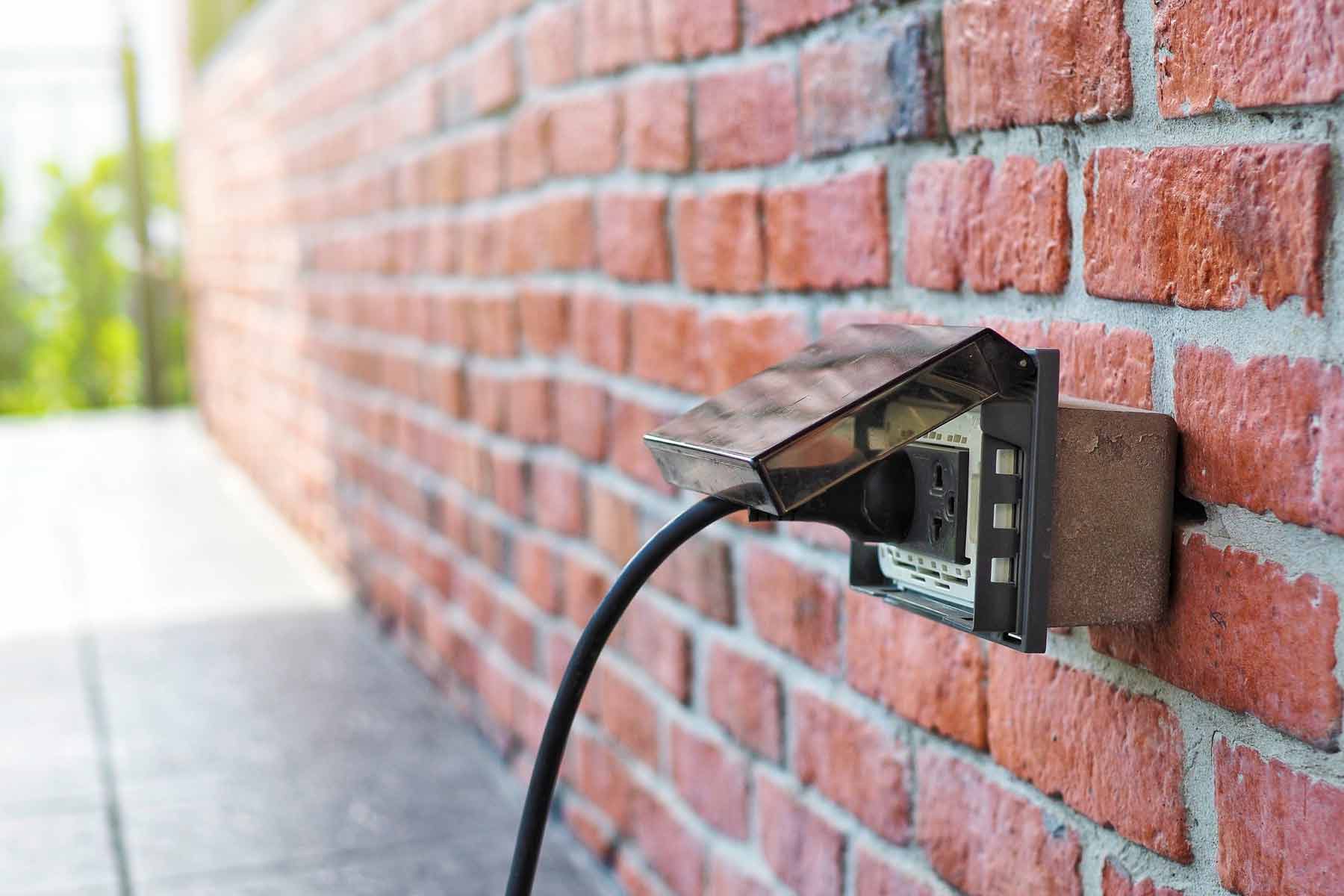

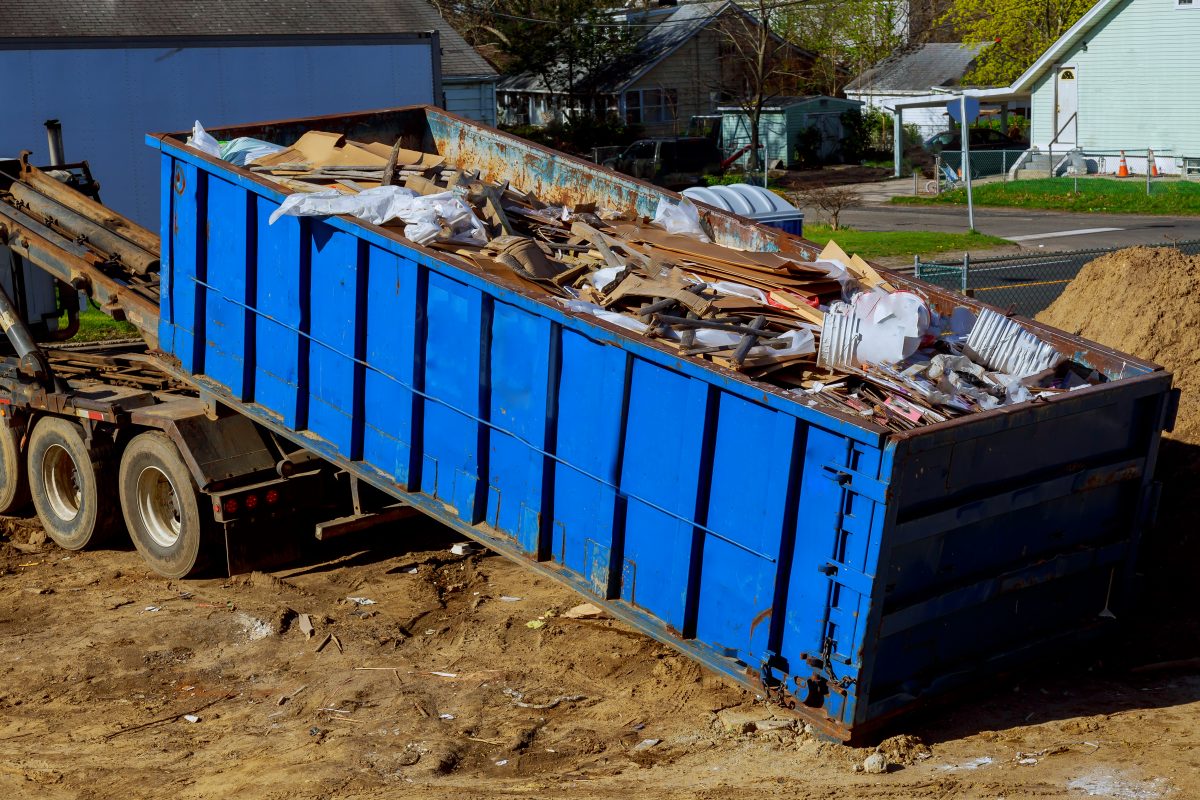
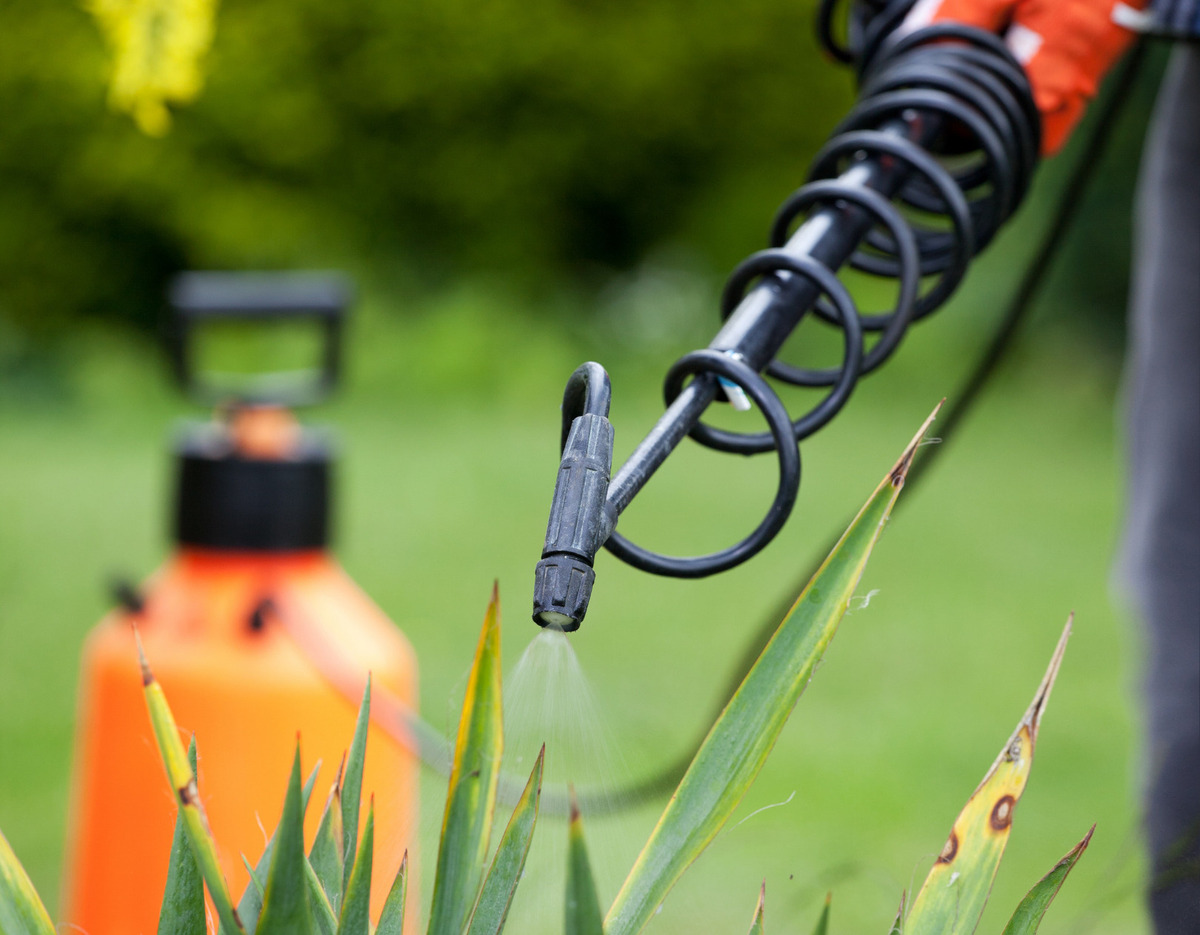
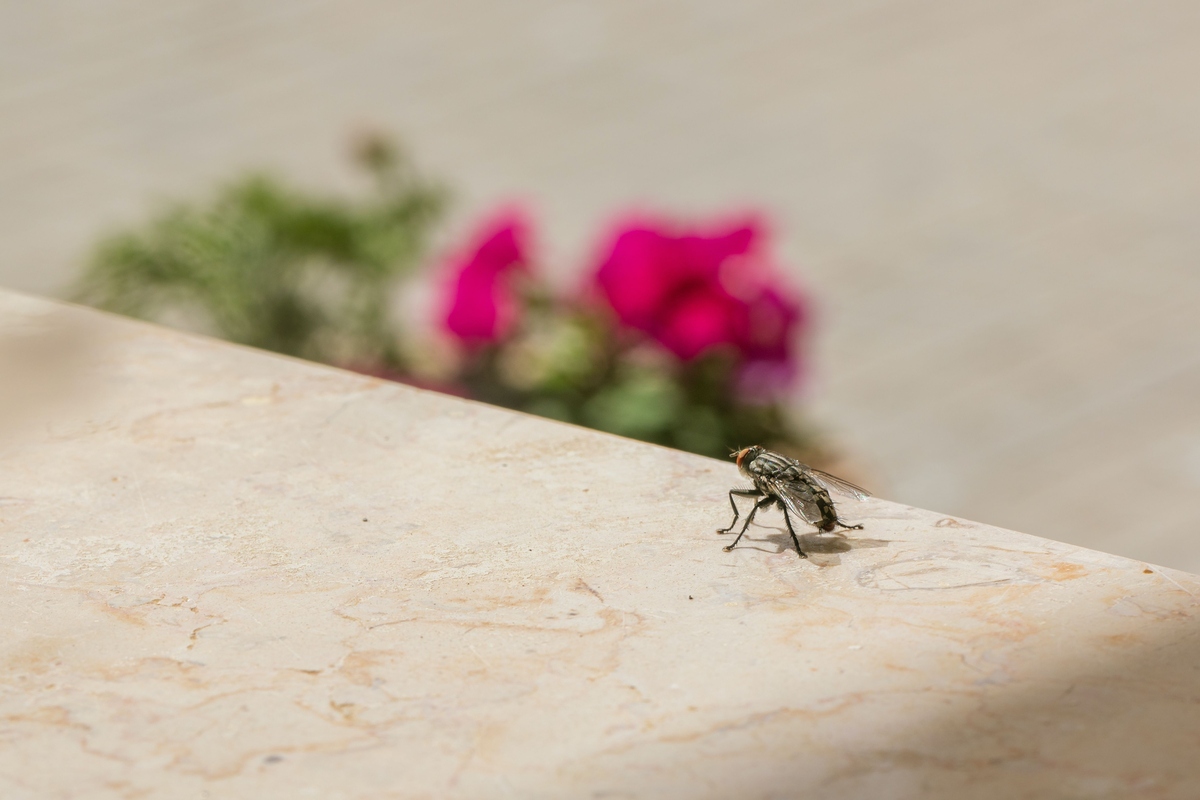

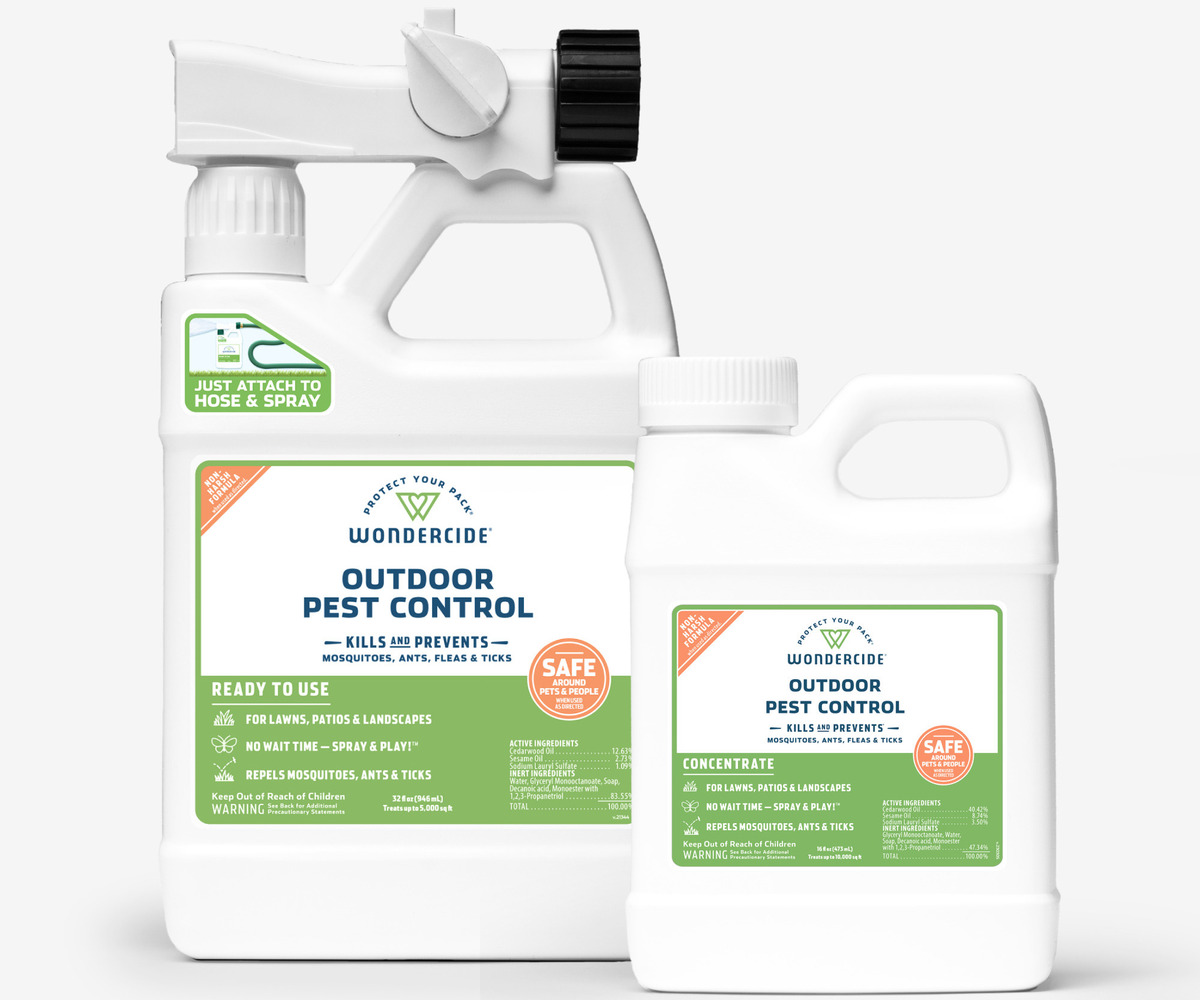

0 thoughts on “How Should Food Workers Deter Pests From Outdoor Dumpster”